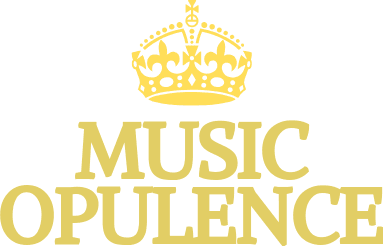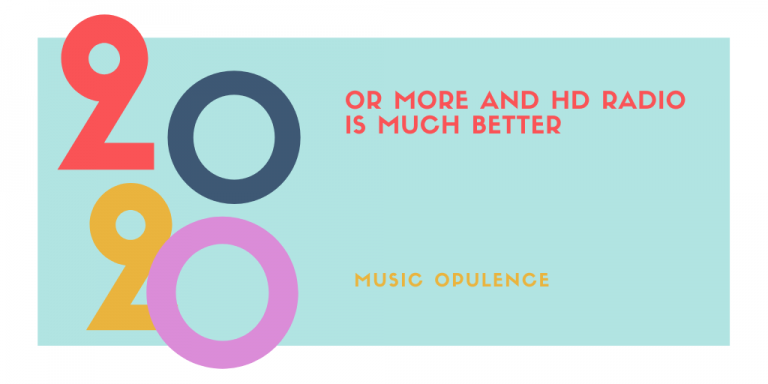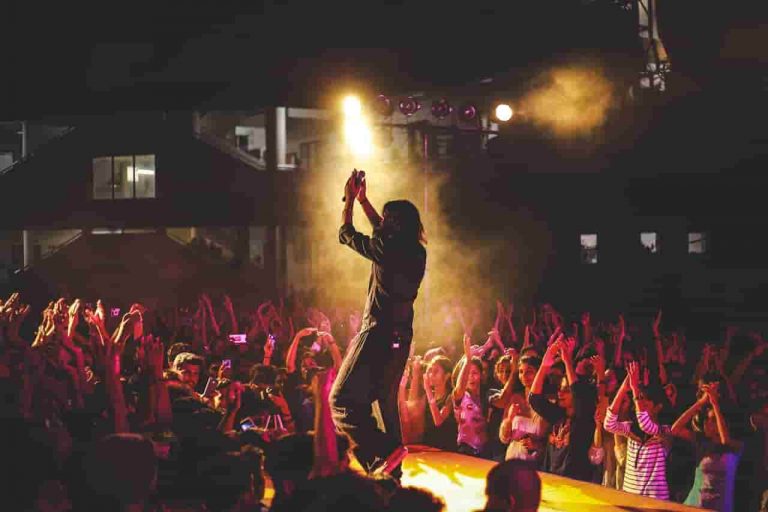Ballet Music Through The Ages
Right from the start, music and ballet have been intertwined. Without music, music is not anything more than the vacant movements of a ritual. With no motion and rhythm of dancing, music loses all energy. Therefore, ballet as a door to individual expression hinges on both the dance and music.
This likely explains why his productions never uttered an accompaniment. However, theater productions of the eighteenth century turned composers from ballet and also toward the audio of ballroom dance.
From the twentieth century, nevertheless, ballet came straight back into the spotlight. Once more regarded as a decent art form, choreographers appeared to the functions of classical composers like Mozart, Bach, Vivaldi, Chopin, Brahms, and Handel to carry out the art of dancing dance also.
Since being musicians in character, they pay careful attention to ballet after the rhythmic structure of its accompaniment precisely. One who doesn’t know audio can certainly create a ballet which seems great that from itself, however at the mercy of a terrific classical piece that the newcomer falls short of expressing the genuine nature of this item. Rather, they flip the creation into a kind of motion that’s devoid of both beauty and art. The specialists instead understand when it’s acceptable to go against the grain of their accompaniment to soften those striking spans that capture their audience’s attention and leaves them breathless.
As we dawn a new era of dance and music, it is incontrovertible that ballet will last to modify. But as music and dancing have always been the very best of buddies, the ballet will probably last to locate its new identity in the continuously changing music of now.




